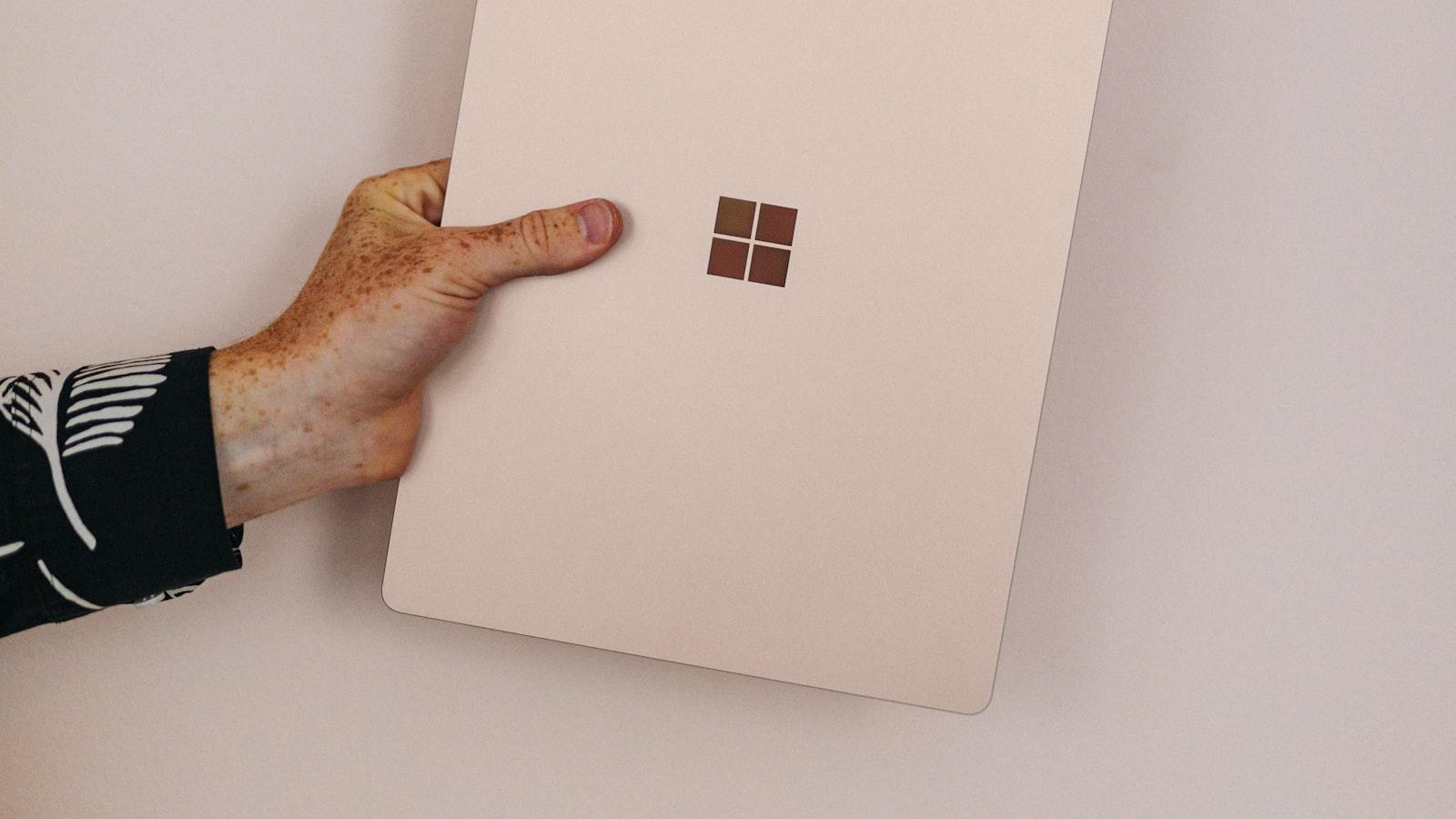In the ever-evolving realm of artificial intelligence, tech giants are continually pushing boundaries and seeking new opportunities. Google, renowned for its innovative approach to technology, is now setting its sights on generative AI. However, while Google is just starting to explore this lucrative territory, it seems that Microsoft has already forged ahead, proving that when it comes to cashing in on generative AI, timing is everything. Let’s delve deeper into how these industry behemoths are navigating the world of AI innovation and economic potential.
Google’s Entry into Generative AI Market
Google has recently announced its foray into the generative AI market, a move that has been met with both excitement and skepticism. While the tech giant is known for its innovative technologies and vast resources, it appears that they are a bit late to the game compared to their competitors like Microsoft. The Redmond-based company has already made significant strides in the generative AI space, with its own AI models and tools that have been well-received by developers and researchers alike.
Despite being a newcomer in this field, Google is confident in its ability to make a mark and potentially dominate the generative AI market. The company believes that its deep expertise in machine learning and vast data resources will give them a competitive edge. However, with Microsoft already established as a leader in this space, Google may face challenges in gaining market share and convincing users to switch to their platform.

Microsoft’s Success in Cashin on Generative AI
Microsoft has quietly been making significant strides in the field of generative AI, outpacing its competitors in finding innovative ways to monetize this technology. While Google has been making headlines with its own efforts in generative AI, Microsoft has been steadily building a profitable business around it, leveraging its vast resources and expertise in the tech industry.
Some key factors that have contributed to Microsoft’s success in cashing in on generative AI include:
- Investment in Research and Development: Microsoft has dedicated substantial resources to research and development in generative AI, staying ahead of the curve in developing cutting-edge solutions.
- Strategic Partnerships: Microsoft has formed strategic partnerships with industry leaders to leverage their technology and expertise in generative AI, expanding its reach and capabilities in the market.
- Targeted Marketing and Sales: Microsoft has effectively marketed and sold its generative AI products and services to a wide range of customers, catering to diverse industry needs and driving revenue growth.

Challenges Faced by Google in Competing with Microsoft
While Google may be known for its innovative technology, one area where it has struggled to compete with Microsoft is in generative AI. Google’s attempts to cash in on this technology have been met with challenges, as Microsoft has already established itself as a leader in this field. With a range of products and services powered by generative AI, Microsoft has a significant advantage over Google when it comes to attracting customers and driving innovation.
One of the main obstacles Google faces in competing with Microsoft is its lack of diverse offerings in the generative AI space. While Google has made strides in developing AI-powered tools, such as Google Assistant and Google Translate, Microsoft has a more comprehensive suite of generative AI products. From virtual assistants like Cortana to natural language processing tools like Language Understanding (LUIS), Microsoft’s range of solutions caters to a wider audience and provides more options for businesses looking to leverage generative AI technology.

Recommendations for Google to Thrive in Generative AI Industry
Google has made significant strides in the field of generative AI, but there are several recommendations that could help them thrive even more in this rapidly evolving industry. One key recommendation is to invest in research and development to stay ahead of the competition. By constantly innovating and pushing the boundaries of what is possible with generative AI, Google can maintain its position as a leader in the field.
Another recommendation for Google is to collaborate with industry experts and academic institutions to drive innovation and foster collaboration. By partnering with other organizations and sharing knowledge and resources, Google can accelerate the development of generative AI technologies and create new opportunities for growth. Additionally, Google should prioritize ethical considerations in the development of generative AI to build trust with users and ensure the responsible use of these powerful technologies.
As we can see, both Google and Microsoft are making strides in the field of generative AI, each with their own unique approach and innovations. While Google may be considered the newcomer to the game, it’s clear they have big plans to capitalize on this technology in the near future. However, let’s not forget that Microsoft has already been leveraging generative AI in various ways, demonstrating their expertise and staying power in the industry. Only time will tell how these tech giants will continue to shape the future of artificial intelligence. Stay tuned for further developments in this exciting realm of technology.


